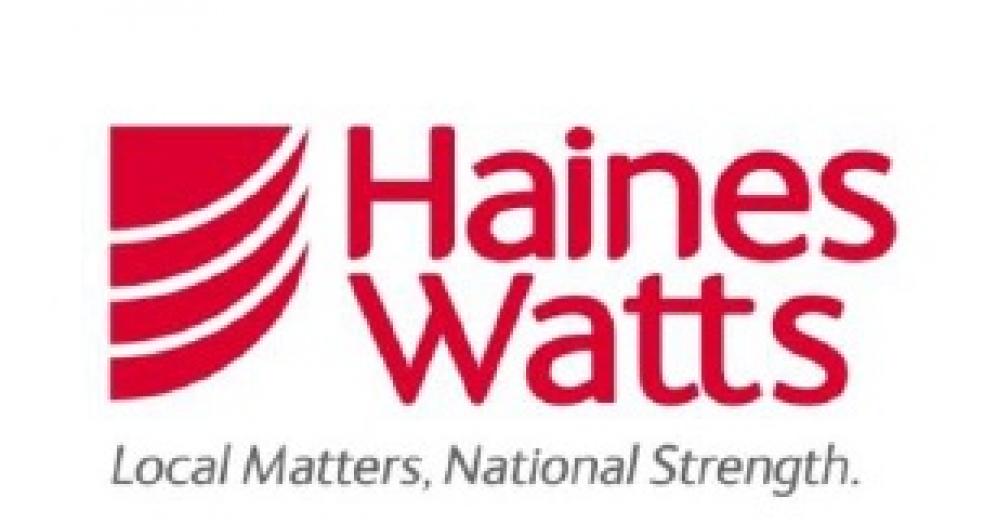
Haines Watts Rural Business Summer Bulletin
Are you eligible for Basic Payment Scheme? On the 1st January 2015, Single Farm Payment will be replaced by the Basic Payment Scheme (BPS). Under BPS you will have to be eligible to claim, and greening requirements will make up 30% of your BPS payment.
To be eligible for BPS you will need to:
1. be an active farmer
2. have at least 5 hectares of eligible BPS land
3. have at least 5 BPS entitlements
Greening: Crop Diversification (also known as the three crop rule), is mandatory under the BPS greening rules, which may require farmers to grow a minimum number of different crops on their arable land. There are five exemptions to the rule. This includes land which is certified organic; farmers who have less than 10ha of arable land and where more than 75% of the arable land is temporary grassland, fallow or a combination of these uses, and the remainder of the arable land is 30ha or less. Farmers who are not eligible for an exemption will be subject to crop diversification. Where farmers have between 10-30ha of arable land, they will have to grow at least two different crops with the largest crop not covering more than 75% of the arable land. Farmers with over 30ha of arable land will have to grow at least three different crops, where the largest crop shall not cover more than 75% of that arable land. In addition the two largest crops together cannot cover more than 95% of that arable land.
Ecological Focus Areas (EFA). EFA’s are a requirement under Greening. Farmers with over 15ha of arable land (which is not exempt from greening) will be subject to the EFA rules. The requirement is that an area that is equivalent to 5% of the total arable land which is farmed by the applicant will be designated as an EFA.
To reach the EFA requirements cover/catch crops, nitrogen fixing crops, fallow, buffer strips and hedgerows can be used. It is important to note that it is expected that there will be a delay in BPS payments for farmers who select to use hedgerows as an EFA due to mapping. It is essential that farmers take all “greening” information into account when planning their autumn planting.
SPS 2014 – Don’t forget the SPS and Cross Compliance Rules! The Rural Payments Agency (RPA) are still undertaking inspections throughout 2014, so now that your 2014 Single Farm Payment Forms (SPS) have been submitted it is important to remember to stay within the SPS and Cross Compliance rules. It is imperative that you complete and update your 2014 Soil Protection Review continuation sheet and be prepared to present it if you are selected for an inspection.
Ladies in Dairy: Haines Watts Rural Business held a joint meeting with DairyCo on 8th July 2014 at St Giles on the Heath Village Hall, with over 35 ladies attending. There was a presentation on calf rearing, followed by a discussion on future topics which will include bookkeeping, record keeping, a first aid course and the best wellies to wear on the farm! Meetings will be held on a quarterly basis, either on farms or in village halls. For more information or to attend a “Ladies in dairy meeting” contact Lucy Thomas.
Holsworthy Show – Thursday 28th August 2014:
Haines Watts Rural Business and Haines Watts North Devon LLP are once again sponsoring the main ring at Holsworthy Show. We look forward to welcoming you to our hospitality marquee for refreshments on Stand 156. Once again we are raising funds for Children’s Hospice South West (CHSW) a worthy local cause and have great charity raffle prizes.
Rearing dairy heifers to calve at 24 months
Heifer rearing is often one of the largest costs to the modern dairy farms; it’s a significant drain on resources and land/ building use.
Rearing dairy heifers to calve at 24 months is the most economical way of rearing heifers, and optimises lifetime performance and fertility.
With heifer weight and height (at withers) determining when heifers are ready to bull, this is one of the most difficult mind-sets to overcome. However it is the weight that determines a heifer’s puberty and oestrus cycling not her age.
It is important to reach growth targets; Holstein heifers are ready to bull when they are 420 kg in weight and 129 cm to withers; usually around 15 months old. Friesian’s at the same age are expected to reach 350 kg and 122 cm to withers. Despite these targets if a heifer reaches height and weight earlier than 15 months old, then there is no reason not to put her to the bull. It is the height and weight that determines if she is ready to be bulled, not age. (There is a full height and weight table available from HWRB for ages from 2 months to 24 months which helps to record and see if targets are going to be hit). It is important post service that growth and height targets are monitored as weight gain can be excessive if incorrect amounts of concentrate are fed. Monitoring the weights and heights reduces the risk of fertility being compromised in future servings.
An easy way to measure your dairy heifers can be anything as simple as a mark on a wall or a mark on a gateway in a field, thereby enabling easy and quick selection of suitable stock to bull. A weight band can also be used for measuring weights. It is very useful to keep a record of these weights to record progress and growth.
Calving at 24 months is possible on both a grass and straw /concentrates based systems. When using a grass based system it is critical that the heifers are fed with good quality grass with weight and growth rates being recorded on a regular basis. Supplementary feeding may be required to reach targets. When out wintering heifers it is critical to ensure shelter is available (i.e. large hedgerows) and where possible it is important that heifers which are struggling to reach targets are provided with housing. This will provide warmth and good shelter reducing energy to keep warm and enabling more energy to be utilised for growth. Out wintering heifers can be hard work on the heifers and to calve at 24 months it is essential that growth targets are reached.
When feeding heifers on a straw/concentrate system it is important to provide good protein levels to provide the energy which is required to reach growth rates and target weights. It is important to make sure that the heifers do not get over fat. Body condition scoring is essential to ensure that heifers are going to bull at the correct height, weight and body condition.
For more information on calving at 24 months please contact Mike or Lucy
Mike Feneley - Partner - 07974 707 317 - mfeneley@hwca.com
Lucy Thomas - Consultant - 07711 002786 - lthomas@hwca.com
www.hwca.com/agricultural_consultants
Although every effort has been made to ensure accuracy neither Haines Watts Rural Business nor the author can accept liability for errors and omissions












